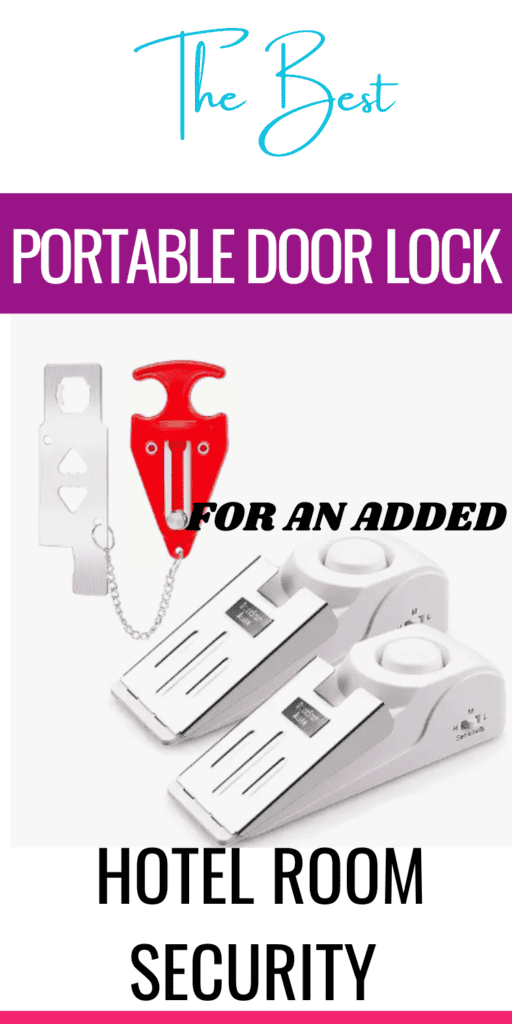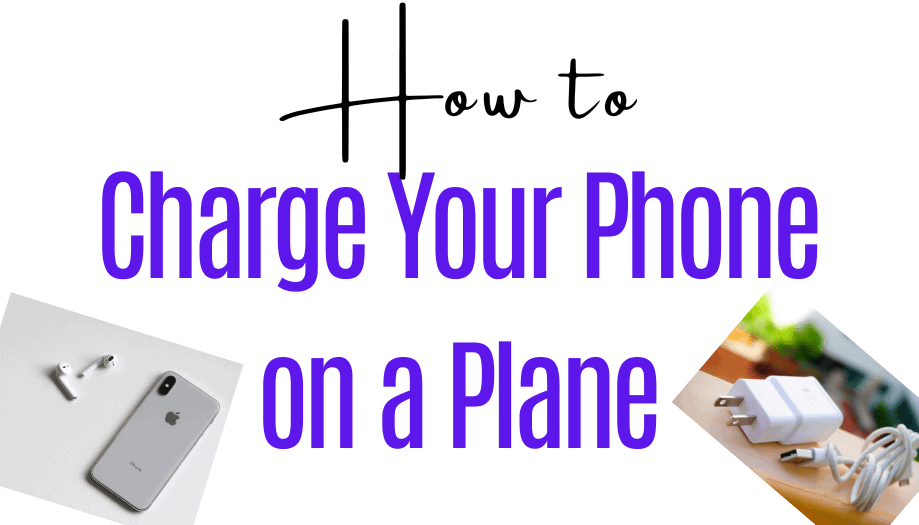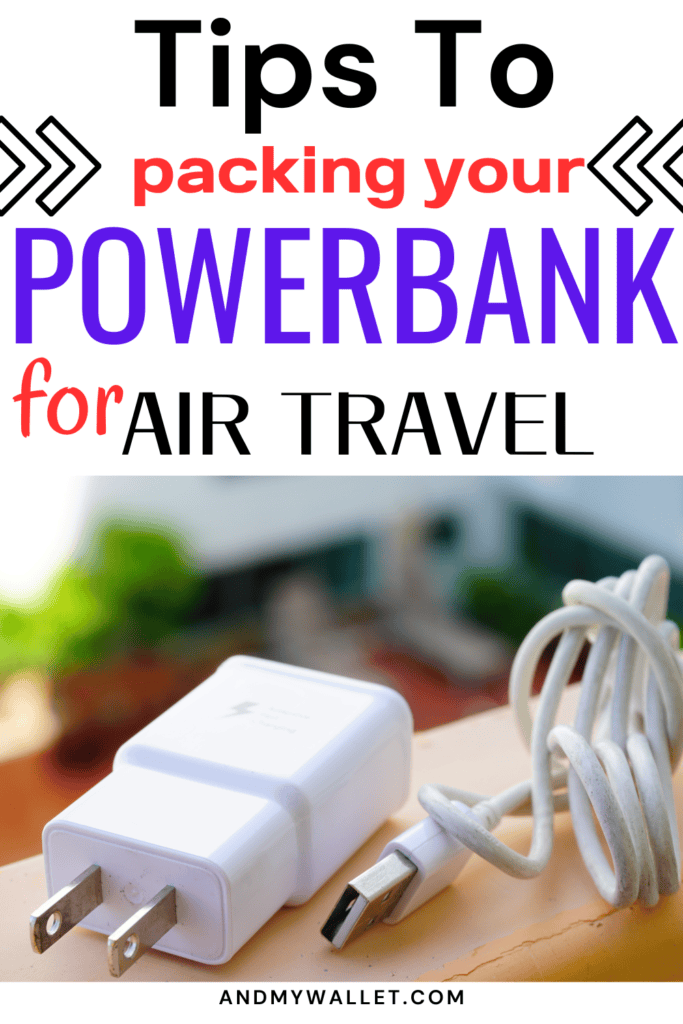Celebrating the 4th of July in Los Angeles means joining a vibrant myriad of events that honor Independence Day. The city’s skies burst into color with fireworks displays while streets buzz with parades and festivals.
As you explore what LA has to offer, you’ll find activities that cater to all ages and interests, encompassing the patriotic spirit of the day.
From beachfront barbecues to historical reenactments, Los Angeles showcases a blend of traditional and contemporary celebrations.
You can partake in community picnics, live music concerts, and family-friendly gatherings that fill the neighborhoods.
Each event reflects the diverse cultures of the city while highlighting the unity and freedom that the 4th of July represents.
Whether you’re looking to be entertained by a flashy fireworks show at the city’s iconic landmarks or seeking a more subdued commemoration, your festive options are plentiful.
Some popular spots include the Hollywood Bowl, where you can enjoy a classical music concert followed by a spectacular fireworks display, or the deck of the Queen Mary for festivities and an unbeatable view of the surrounding pyrotechnics.
Los Angeles welcomes you to commemorate Independence Day with pomp and festivity, creating memories that will last a lifetime.
Daytime Festivities in Los Angeles
4th of July Activities in Los Angeles offers an array of daytime festivities.
From classic picnics and BBQs to lively beach activities and colorful family-friendly parades, the city is abuzz with patriotic fervor under the summer sun.
Picnics and BBQs
You can join in on the communal spirit at parks across the city, where picnic tables are dressed in red and white checkered tablecloths. Eligible locations for BBQs include:
- Griffith Park: Open spaces ideal for large groups.
- Elysian Park: Scenic views with plenty of BBQ pits.
Remember to bring your grill favorites for the Independence Day celebration with friends amidst the greenery.
Beach Activities in the Los Angeles Area
Santa Monica
hosts the “Red, White, and Boom” beach event featuring volleyball tournaments by the water and family-friendly games. Key activities at Santa Monica Beach include:
- Sandcastle Building: A fun activity for all ages.
- Beach Sports: Join a game of beach soccer or frisbee on this day, beach soccer is not only for the beach boys.
Stay hydrated and apply sunscreen frequently to enjoy the beach safely during these peak summer events.
Family-Friendly Parades
Local neighborhoods in Los Angeles organize daytime parades that boast a vibrant display of floats, marching bands, and performers. Notable parades to attend are:
- Pacific Palisades Parade: Kicks off with skydivers and includes a kids’ bike parade.
- San Marino Parade: Offers a quaint, small-town atmosphere.
Both parades are excellent opportunities to experience community spirit and patriotic pride with the whole family.
Patriotic Concerts and Live Performances
Los Angeles comes alive on the 4th of July with a symphony of patriotic concerts and live performances.
Expect grand musical arrangements and a sea of red, white, and blue at iconic venues like the Hollywood Bowl and Grand Park for the Fourth of July celebration.
Hollywood Bowl Events
At the Hollywood Bowl, you’re in for a spectacular evening with the annual 4th of July Fireworks Spectacular and other July 4th festivities.
This year, the stage graces the presence of Harry Connick, Jr., an artist synonymous with the spirit of America. Expect a night filled with soulful music and patriotic fervor.
| Date | Event | Highlight |
|---|---|---|
| July 2-4, 2024 | 4th of July Fireworks Spectacular with Harry Connick, Jr. | Famous tunes and patriotic anthems |
Live music
under the summer sky makes for an unforgettable experience as fireworks light up the backdrop of the Hollywood Hills.
LA Philharmonic at Grand Park
Grand Park
hosts the LA Philharmonic for a patriotic concert that captivates both the eye and the ear.
This free, outdoor concert showcases a repertoire of American classics that resonate with the spirit of Independence Day.
Dates: July 4, 2024
Highlights: Classical renditions of patriotic pieces, community engagement, and other live music performances.
Prepare yourself for a patriotic immersion, set to the sounds of one of the country’s most revered orchestras.
Click here to register for a guided tour
Fireworks and Night Sky Spectacles
Los Angeles transforms into a mesmerizing mosaic of color every 4th of July as breathtaking fireworks ignite the night sky.
Each location offers a unique experience, from the seaside bursts of Marina Del Rey to the historic ambiance of the Queen Mary.
Fireworks at Marina Del Rey
If you’re eager to see the night sky turn into a canvas of color, head to Marina Del Rey for an unforgettable display for the July 4th celebration.
The annual event begins around 9 PM, and it’s best to find a spot early as the area becomes crowded. Viewing spots include Burton Chace Park and Fisherman’s Village.
- Timing: Approximately 9:00 PM
- Best Viewing Locations: Burton Chace Park, Fisherman’s Village
Rose Bowl America fest
Experience the explosive Rose Bowl Americafest, the longest-running fireworks show in Southern California.
Gates open at 7 PM for an evening of live music and food vendors before the grand fireworks.
The Rose Bowl stadium provides ample space for celebrating with family and friends.
- Event Start: 7:00 PM
- Fireworks Launch: After sundown
Queen Mary Display
Relish in the unique backdrop of the Queen Mary in Long Beach as fireworks dance above this historic ocean liner.
The show promises a dazzling array of fireworks that can be viewed from many areas around Long Beach.
- Location: Queen Mary, Long Beach
- Visibility: Broad viewing options along the Long Beach waterfront
On 4th of July, these venues become hotspots for both locals and visitors, so planning your visit and arriving early will ensure the best experience.
Special Events and Attractions
As you plan your Independence Day in Los Angeles, immerse yourself in the vibrant atmosphere of Universal Studios Hollywood, take in a classic film under the stars at Cinespia Cemetery Screenings, or seek thrills at Six Flags Magic Mountain.
Embrace the festive spirit through these memorable experiences.
Universal Studios Hollywood
Celebrate the Fourth of July with Universal Studios Hollywood. The park often features a spectacular fireworks display, and on this patriotic holiday, you can expect live entertainment and themed attractions.
Don’t miss the Nighttime Lights at Hogwarts Castle, where you can experience an immersive display set to the memorable scores from the Harry Potter films.
| Universal Studios Hollywood 4th of July Highlights |
|---|
| Live Entertainment |
| Festive Fireworks Display |
| Nighttime Lights at Hogwarts Castle |
| Themed Attractions |
Cinespia Cemetery Screenings
At Hollywood Forever Cemetery, join other film enthusiasts for Cinespia Cemetery Screenings.
Gather under the stars this Fourth of July to watch an iconic movie. Previous screenings have included American classics like “Jaws” and “Rocky”, truly capturing the essence of American cinema.
| Cinespia Screening Details |
|---|
| Location: Hollywood Forever Cemetery |
| Iconic Movies: Possible Titles Include “Jaws” and “Rocky” |
| Bring Your Own Picnic |
Six Flags Magic Mountain
Thrill-seekers should head to Six Flags Magic Mountain for a day packed with roller coaster rides and festive fun.
On the Fourth of July, you can expect the sky to light up with fireworks as you zoom on rides like Twisted Colossus and Goliath.
| Six Flags Magic Mountain 4th of July Events |
|---|
| Fireworks Celebration |
| All-Day Roller Coaster Fun |
| Special Holiday Events |
Sports and Patriotic Spirit
Celebrating the 4th of July in Los Angeles combines the vibrant spirit of American sports with patriotic pride.
Don your favorite team’s colors and join in on the excitement at these major sporting events.
LA Dodgers Baseball Game
When you visit Dodger Stadium on the 4th of July, you’ll experience more than just America’s favorite pastime.
The Los Angeles Dodgers are scheduled to host the Arizona Diamondbacks in a game that is sure to display both teams’ prowess. Here’s what you can expect:
- Date & Time: July 4th, 1:10 PM PDT
- Highlights:
- Special pre-game patriotic ceremonies
- Post-game fireworks show
LA Galaxy Soccer Match
Soccer fans can catch the LA Galaxy as they face off in a dynamic match at Dignity Health Sports Park.
It’s the perfect occasion to combine your love for soccer with the 4th of July festivities.
- Opponent: To be announced
- Attributes:
- Family-friendly activities in the fan zone
- Half-time patriotic tribute to service members
Culinary Experiences and Food Markets
Indulge in vibrant culinary pleasures as Los Angeles celebrates the 4th of July. Discover unique flavors and regional delicacies at open-air food markets and themed outdoor cinema events.
Street Food Cinema
Location
: Various parks in Los Angeles
Experience: Themed outdoor screenings with local food trucks
At Street Food Cinema, you have the chance to enjoy classic films and contemporary hits under the stars, complemented by an assortment of food trucks.
Each event offers a curated selection of street food representing LA’s diverse food scene.
- What to Eat: Gourmet burgers, fusion tacos, artisanal pizzas
- Extra Tip: Arrive early to secure a good viewing spot and enjoy the live music.
Food Vendors at Burton Chace Park
Location
: Burton Chace Park
Events: Live entertainment and firework views
Burton Chace Park is a popular venue where you can taste a variety of dishes from local food vendors.
The park’s atmosphere during the 4th of July is festive, with the added bonus of scenic views over Fisherman’s Village.
- Local Favorites: Freshly grilled seafood, homemade ice cream
- Firework Special: Many vendors offer themed treats to celebrate the holiday.
Remember to bring cash as not all vendors may accept card payments, and enjoy the feast as you celebrate Independence Day!
Alternative Celebrations
Los Angeles offers unique ways to celebrate the 4th of July beyond the traditional fireworks.
Embrace the future with high-tech displays and exclusive parties on the water.
Drone Shows and Digital Experiences
Los Angeles brings a futuristic twist to the 4th of July with awe-inspiring drone shows.
Swap the traditional pyrotechnics for a sky filled with coordinated drones, lighting up the night with vibrant colors and shapes.
These shows often include live DJs to enhance the experience with energetic music.
- Event: Marina del Rey Hotel’s Drone Show
- Location: Marina del Rey
- Features: Drones synchronized to music, digital spectacle
- Extras: Augmented reality stations, digital playground
Augmented reality adds another layer to the digital celebration, offering you an interactive experience that blends the virtual and real worlds.
Check for venues offering digital playgrounds where you can immerse yourself in a high-tech patriotic celebration.
City Cruises and Yacht Parties
Take to the waters for an exclusive 4th of July experience with city cruises and yacht parties.
These events often provide an excellent vantage point for watching the city’s festivities while enjoying the luxury of a seaside soiree.
- City Cruise Details:
- Embark: Marina del Rey
- Duration: Varies, typically 2-4 hours
- Features: Gourmet food, live DJ sets, unobstructed views of shore-based celebrations
Booking your spot on a cruise or yacht party in advance is advisable, as these events are highly sought after for their unique perspective on the festivities and the promise of an upscale celebration.
Beyond Los Angeles
Los Angeles County and its surroundings burst with patriotic spirit for the 4th of July.
Nearby cities and locales promise unique celebrations, ensuring your Independence Day is packed with festivities and fireworks.
Celebrations in Neighboring Cities
Orange County
brings its A-game with a bevy of events. In Huntington Beach, you can experience a traditional parade and then head to the pier for a dazzling fireworks display.
For a historical touch, Fullerton offers a festival filled with live music and food vendors at Fullerton High School Stadium, followed by an impressive fireworks show.
- Burbank: An early morning run at the Burbank YMCA followed by a parade.
- Long Beach: Aboard the Queen Mary, and enjoy a vintage aircraft flyover and fireworks.
- Pacific Palisades: Join the 5K/10K runs, parades, and concerts.
For a more scaled-down but equally engaging experience:
- South Pasadena: Known for the Festival of Balloons, this day-long event has been a tradition since 1982.
- Alhambra: Attend the fireworks show at Almansor Park.
Calabasas
: Visit the annual Calabasas Fireworks Spectacular at Calabasas High School for live music, fireworks, and food vendors.
Independence Day on Catalina Island
Catalina Island
offers a small-town charm with its golf cart parade through Avalon and a fireworks display over the harbor. Begin your day with a scenic boat ride to the island, and immerse yourself in a day of:
- Beach Activities: Enjoy water sports and relaxation on the beaches of Avalon.
- Fireworks: Watch the sky light up from Avalon Bay, providing a stunning backdrop to the ocean.
Set against the Pacific, the island’s festivities offer a serene yet festive escape from the city’s hustle and bustle.
Frequently Asked Questions
This section provides specific information on family-friendly events, prime fireworks viewing locations, neighborhood parades, free celebrations, adult-centric activities, and block party details for the 4th of July in Los Angeles.
Where can I find family-friendly 4th of July events in Los Angeles?
You can enjoy family-friendly 4th of July celebrations at the Grand Park in Downtown LA, which typically offers a full day of music, food, and family-oriented activities, culminating in a spectacular fireworks display.
What are some of the best locations to view fireworks in Los Angeles on the 4th of July?
For impressive fireworks, the Hollywood Bowl hosts an annual 4th of July fireworks spectacular.
Alternatively, you can view the fireworks over the water at Marina del Rey for a distinctive experience.
Which neighborhoods in Los Angeles are hosting 4th of July parades?
The Pacific Palisades hosts a well-known annual parade that features a 5K/10K run, a skydivers show, and a parade with floats. Another notable parade takes place in the historic San Gabriel Valley.
Are there any free events in Los Angeles to celebrate the 4th of July?
Yes, attend the annual 4th of July community festival and fireworks show at Exposition Park for free, which includes live music, food vendors, and games.
What are some exciting 4th of July activities for adults in Los Angeles?
For a more adult-centric 4th of July, you can book a cruise on the Queen Mary in Long Beach or attend a rooftop bar event in Downtown LA, many of which offer themed parties and excellent views of the city’s fireworks.
Where can I attend a 4th of July block party in Los Angeles?
The Silver Lake Neighborhood Council usually organizes a block party with local bands, food trucks, and a fireworks viewing. Check their annual calendar for specific locations and times.








